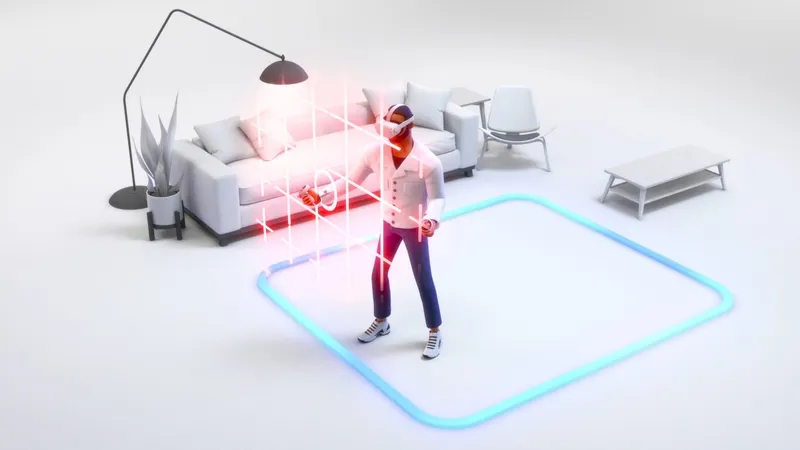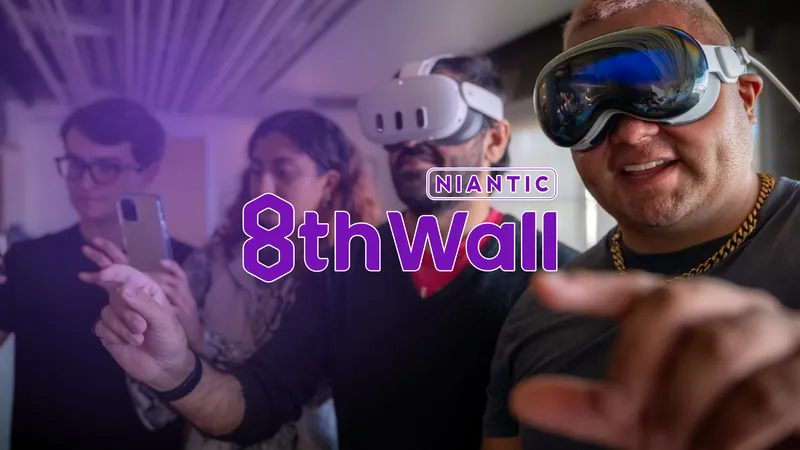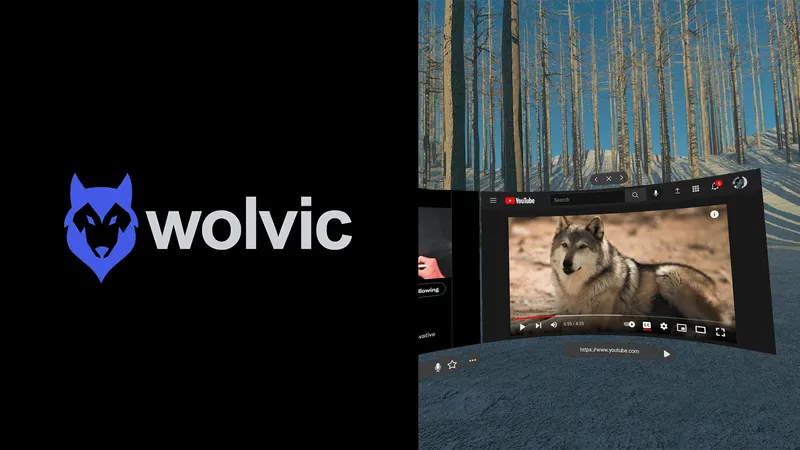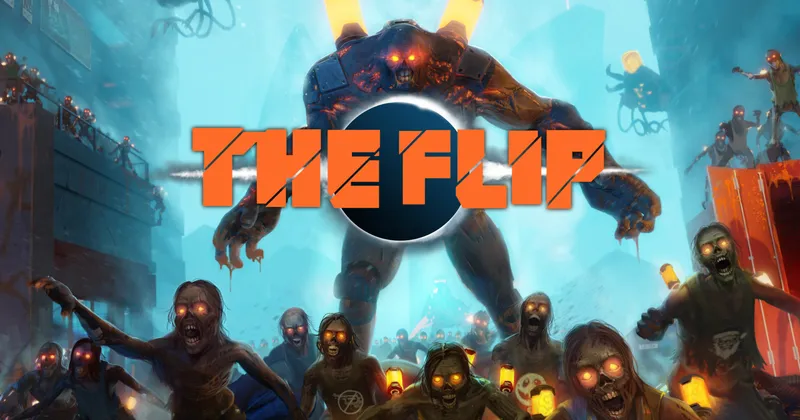Facebook’s research into a more comfortable VR headset with a wider field of view was revealed at the company’s developer conference in early May. A few weeks later, at a symposium put together by the world’s preeminent researchers and engineers in display technology, Douglas Lanman of Facebook Reality Labs (formerly Oculus Research) detailed the reasons they built a varifocal VR headset prototype, code-named Half Dome.
Until now there’s only been some cell phone footage to share from the actual keynote address by Lanman, but the Display Week channel on YouTube just posted an HD video of the presentation. It is not to be missed by anyone interested in trying to understand why eye tracking and varifocal displays could be integral parts of future headset designs.
The talk also offers a rare look into a fraction of the work underway by teams working under Michael Abrash at Facebook Reality Labs. The group is pursuing breakthroughs in immersive technology that might take longer to commercialize. And with the work shown at Display Week, Facebook representatives made clear “we may never see these specific technologies in a product.”

Lanman’s presentation also revealed work like the “multifocal perceptual testbed” allowing them to answer questions like “is this driving accommodation correctly?” As a refresher, here’s how Lanman described some of the issues they’ve been researching:
“Nearly all consumer HMDs present a single fixed focus. Some have focus knobs, but most just lock the optical focus of the displays to something around two meters. When you look at a near object, vergence (eye rotation) and accommodation (deformation of the eye’s crystalline lens) move together. As your lens deforms to focus on a nearby virtual object, it is focusing away from the fixed focus of the HMD. So, most people report seeing some blur. Sustained vergence-accommodation conflict has been linked, in prior vision science publications, to visual fatigue, including eye strain.”

























